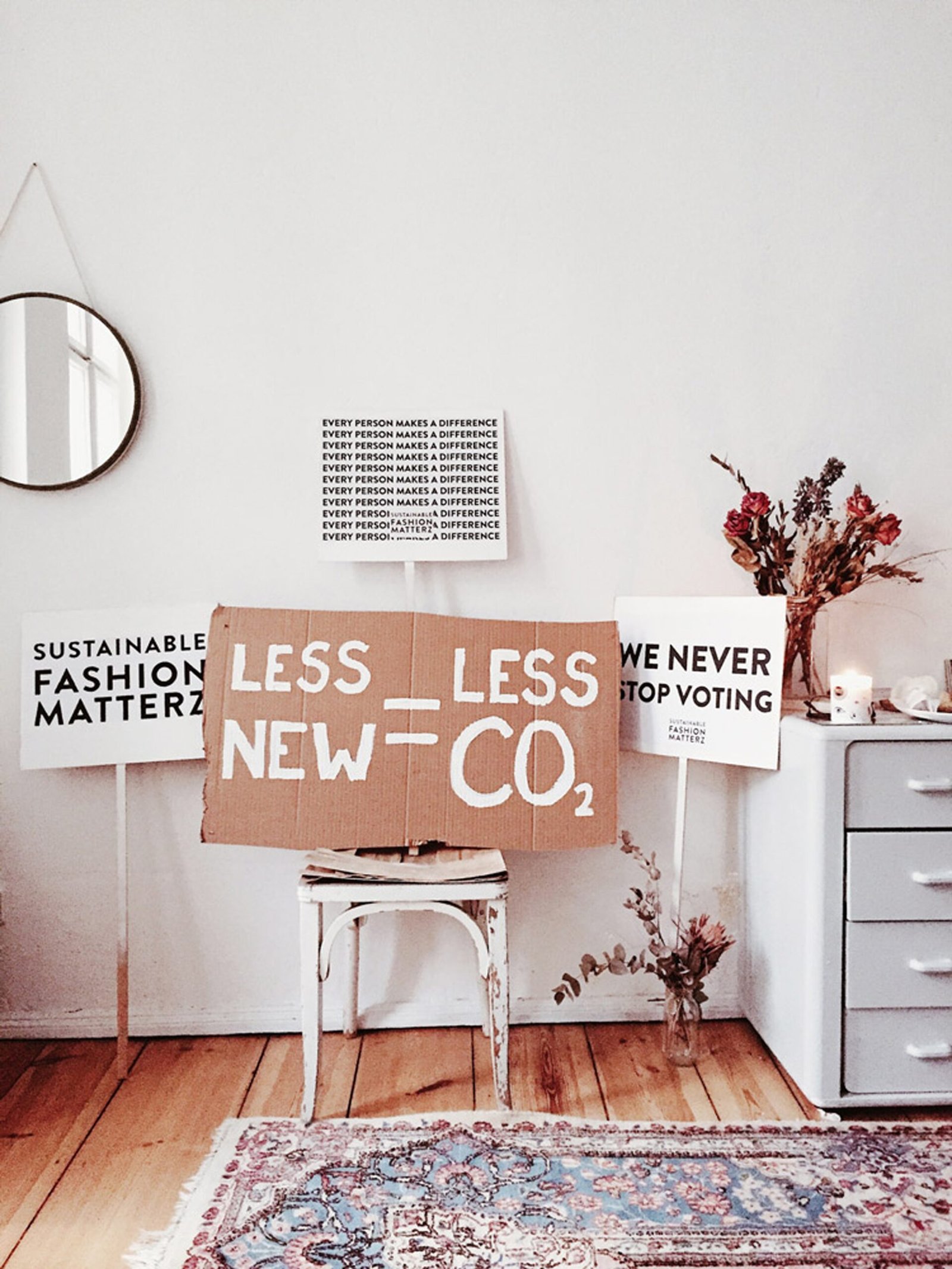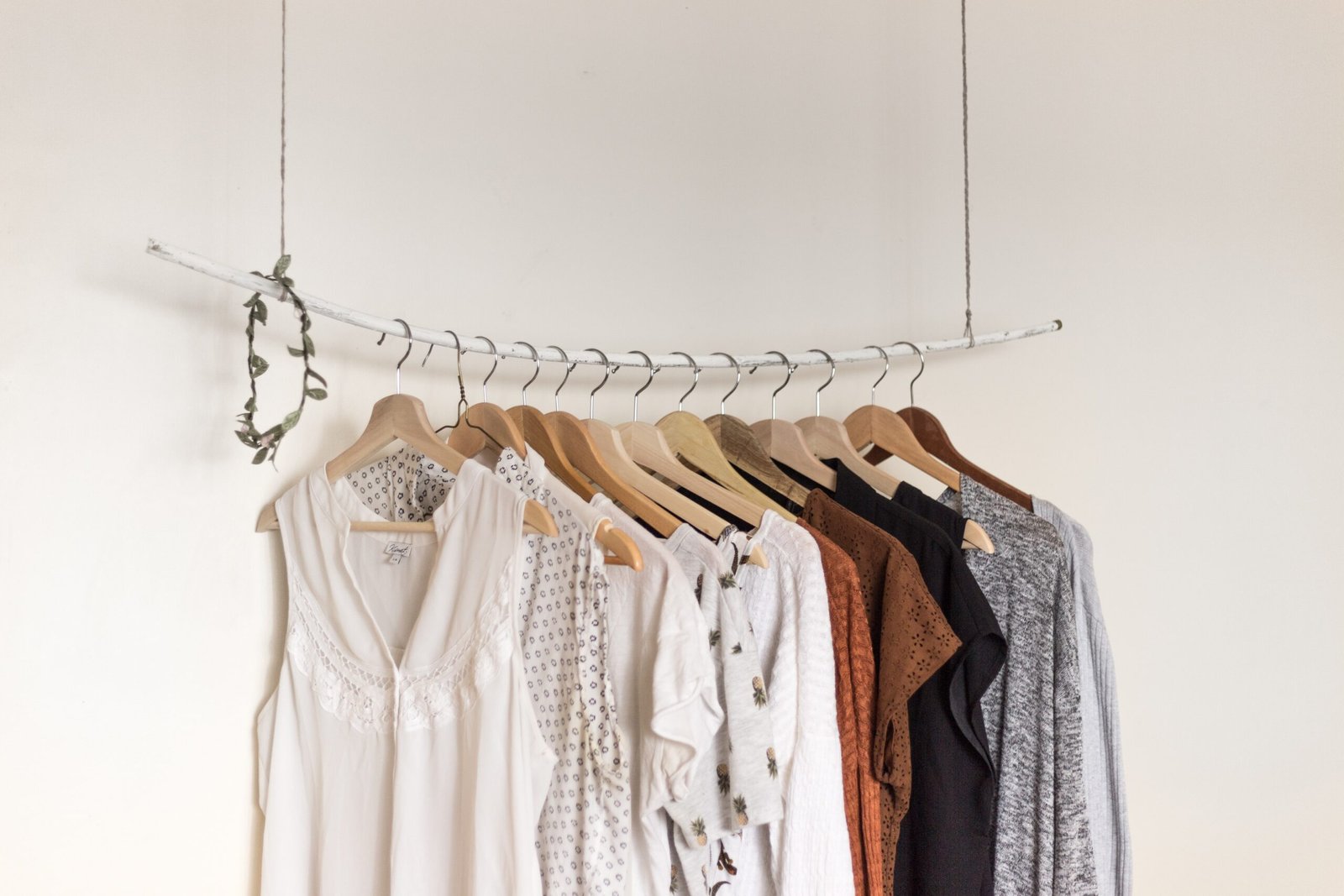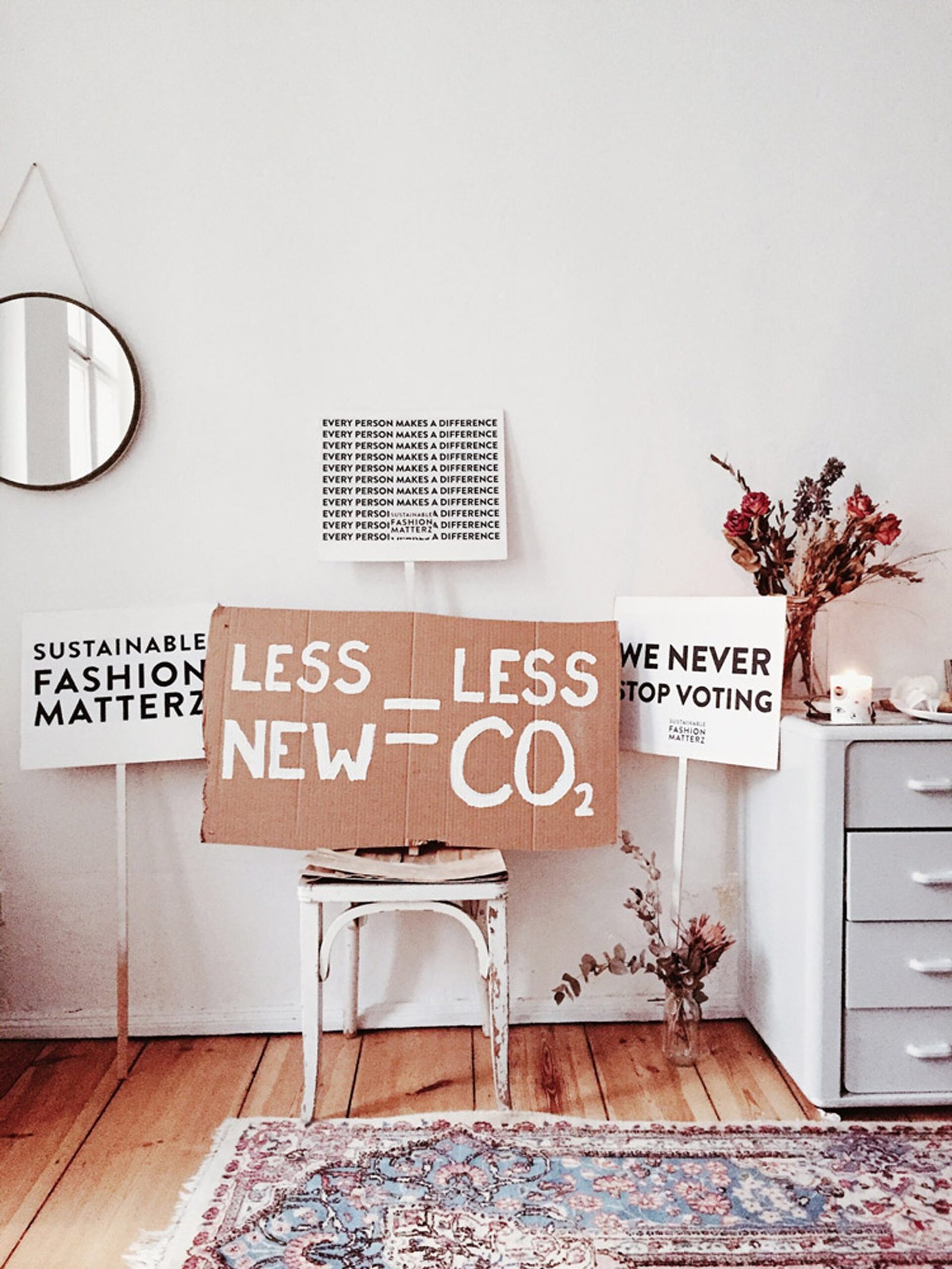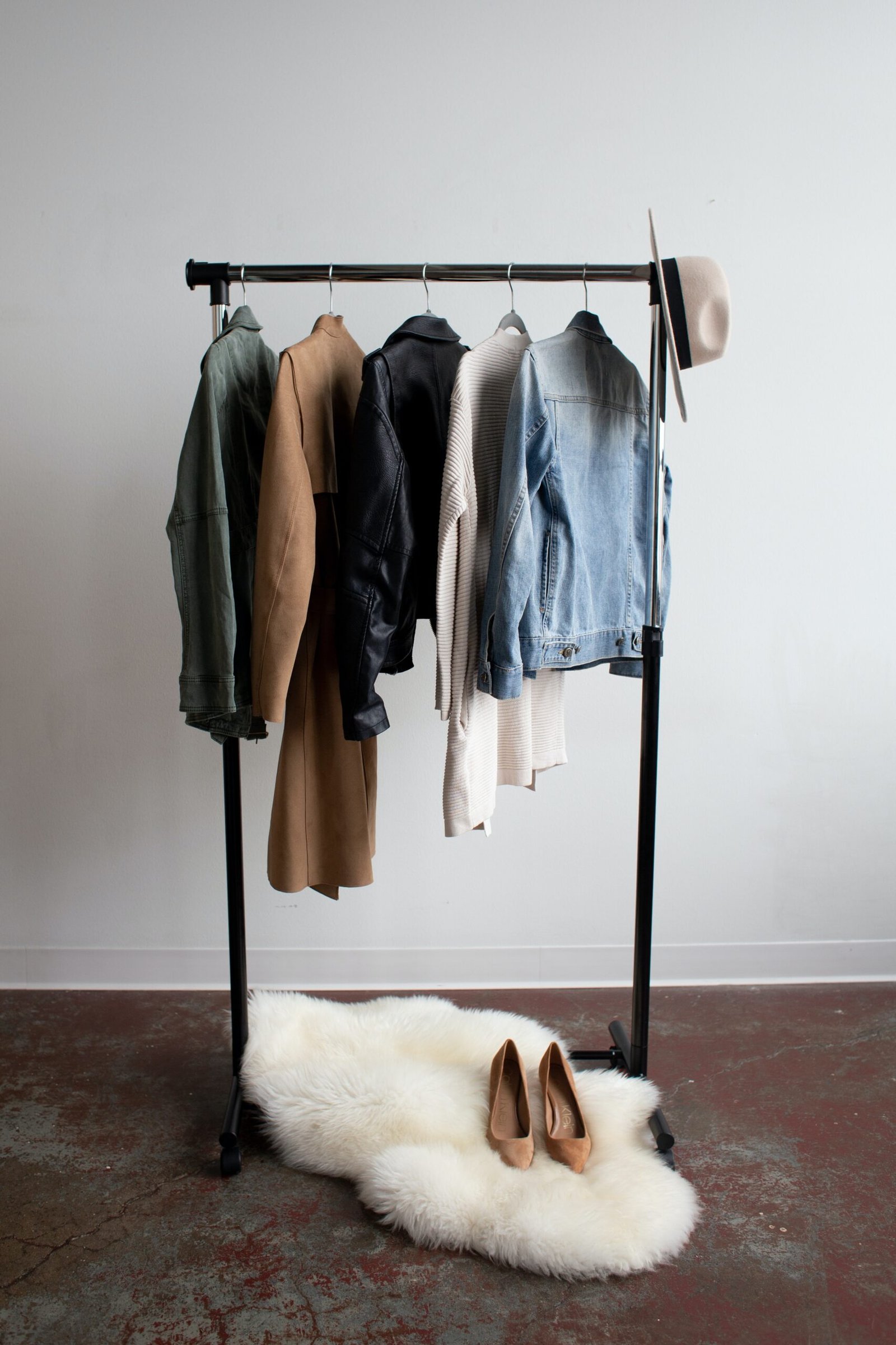The Rise of Sustainable Fashion: Top Trends and Tips for a Greener Wardrobe
Did you know that the fashion industry is one of the biggest contributors to global pollution? From the excessive use of water and chemicals in textile production to the massive amounts of waste generated by fast fashion, the environmental impact of our clothing choices is staggering. However, there is a growing movement towards sustainable fashion that aims to address these issues and promote a more eco-friendly approach to dressing.
The Current Trends in Sustainable Fashion
As consumers become more aware of the environmental and social impact of their clothing, sustainable fashion has gained significant traction in recent years. Here are some of the top trends shaping the industry:
- Slow Fashion: Slow fashion encourages a shift away from disposable, trend-driven clothing towards timeless, high-quality pieces that are made to last. This approach promotes mindful consumption and reduces waste.
- Upcycling and Repurposing: Designers and brands are creatively repurposing existing materials and garments to create new, unique pieces. This reduces the demand for new resources and minimizes waste.
- Organic and Natural Materials: The use of organic and natural materials, such as organic cotton, hemp, and bamboo, is on the rise. These materials are grown without harmful chemicals and have a lower environmental impact.
- Fair Trade and Ethical Production: Consumers are increasingly concerned about the working conditions and wages of garment workers. Fair trade and ethical production practices ensure that workers are paid fair wages and work in safe conditions.
- Circular Fashion: Circular fashion aims to create a closed-loop system where garments are designed to be recycled or biodegradable. This reduces waste and extends the lifespan of clothing.
The Impact of Sustainable Fashion
The shift towards sustainable fashion has the potential to make a significant impact on the environment and society. By choosing sustainable clothing options, we can:
- Reduce Carbon Footprint: The production of synthetic fibers and the transportation of clothing contribute to greenhouse gas emissions. Opting for sustainable materials and locally made garments can help reduce our carbon footprint.
- Conserve Water: The fashion industry is notorious for its water-intensive processes. By supporting brands that prioritize water conservation and use innovative dyeing techniques, we can help protect this precious resource.
- Support Ethical Practices: Sustainable fashion promotes fair wages, safe working conditions, and gender equality in the garment industry. By choosing ethically produced clothing, we can support the well-being of workers around the world.
- Minimize Waste: Fast fashion has led to a throwaway culture where clothing is discarded after a few wears. Sustainable fashion encourages us to invest in quality pieces that last longer and reduce the amount of textile waste in landfills.
Tips for Building a Sustainable Wardrobe
Ready to embrace sustainable fashion? Here are some tips to help you build a greener wardrobe:
- Shop Secondhand: Thrift stores, consignment shops, and online platforms offer a treasure trove of pre-loved clothing waiting to be rediscovered. Give new life to gently used garments and reduce your environmental impact.
- Invest in Timeless Pieces: Choose classic, well-made garments that transcend trends. These timeless pieces will remain in style for years to come, reducing the need for constant wardrobe updates.
- Support Sustainable Brands: Research and support brands that prioritize sustainability. Look for certifications like Fair Trade, Global Organic Textile Standard (GOTS), and Bluesign to ensure ethical and eco-friendly practices.
- Repair and Mend: Extend the lifespan of your clothing by learning basic sewing skills or supporting local tailors. Repairing minor damages and mending garments can save them from ending up in the landfill.
- Swap and Share: Organize clothing swaps with friends or join online communities where you can exchange clothes. This not only adds variety to your wardrobe but also reduces the demand for new clothing.
Frequently Asked Questions (FAQs)
Q: What is sustainable fashion?
A: Sustainable fashion refers to clothing that is produced using environmentally friendly materials and practices, as well as ensuring fair treatment of workers throughout the supply chain.
Q: How can sustainable fashion benefit the environment?
A: Sustainable fashion reduces the carbon footprint, conserves water, minimizes waste, and supports ethical practices in the fashion industry.
Q: Are sustainable clothing options expensive?
A: While some sustainable brands may have higher price points, investing in quality pieces that last longer can save money in the long run. Additionally, shopping secondhand and swapping clothes can be more budget-friendly.
Conclusion: Dressing for a Greener Future
As the fashion industry continues to evolve, sustainable fashion is no longer just a trend but a necessity. By making conscious choices about the clothes we wear, we can contribute to a more sustainable and ethical future. Let’s embrace the power of our wardrobe and dress for a greener world.
Take the first step towards a sustainable wardrobe today!
Share this article with your friends and family to spread awareness about sustainable fashion and inspire others to make greener choices. Together, we can create a positive impact on our planet.









